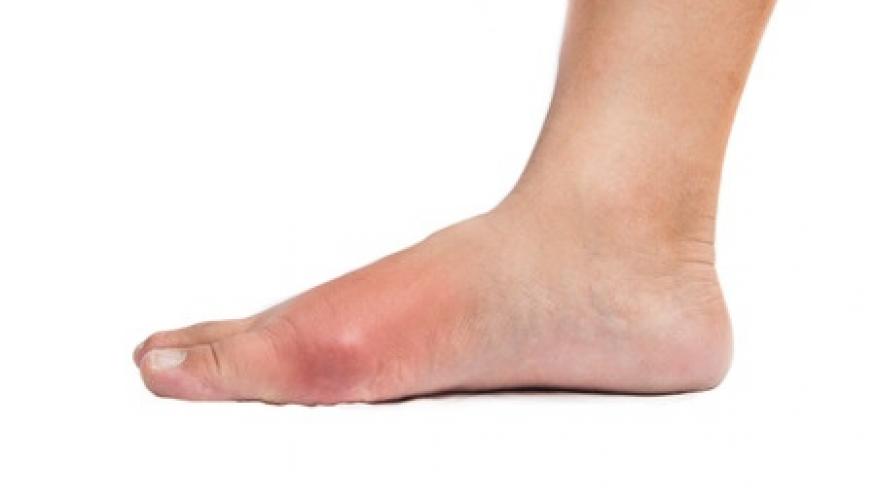A Rising Gout Risk in Asians Save

Two independent data sets suggests the prevalence of gout among Asians has grown such that this sub-population has numerically surpassed all other racial and ethnic groups by 2018.
The initial study is a population-based, cross-sectional analysis of the National Health and Nutrition Examination Survey (NHANES; 2011-2018). These analyses were replicated using UK Biobank (2006-2021) data to compare gout frequency in Asian vs White populations.
NHANES included total of 22 621 participants (mean age, 50 years; 48% male). In 2017 to 2018, gout affected 12.1 million US individuals; meaning the crude prevalence increased from 3.6% in 2011/2012 to 5.1% in 2017/2018. While this was inifially significant (P for trend = .03); this trend was no longer significant after age adjustment (P for trend = .06) or excluding Asian individuals (P for trend = .11).
During the same periods, the adjusted prevalence of gout in Asian Americans doubled from 3.3% to 6.6% (P for trend = .007) and numerically exceed all other racial and ethnic groups by 2017/2018. Compared to White individuals, Asian Americans were 61% more likely to have gout (adjusted OR 1.61;1.03-2.51).
For US individuals aged 65 years and older, the adjusted prevalence of gout was 10.0% in Whites and and 14.8% in Asians (23.6% in Asian men). Frome 2011 to 2018, serum urate concentrations also increased (P for trend = .009). The Asian vs White disparity regarding gout prevalence was also present in the UK Biobank.
While gout disparities among Black individuals in the US has been explained by socioclinical factors, the increasing prevalence of gout in Asian Americans does not appear to be associated with socioclinical factors.










If you are a health practitioner, you may Login/Register to comment.
Due to the nature of these comment forums, only health practitioners are allowed to comment at this time.